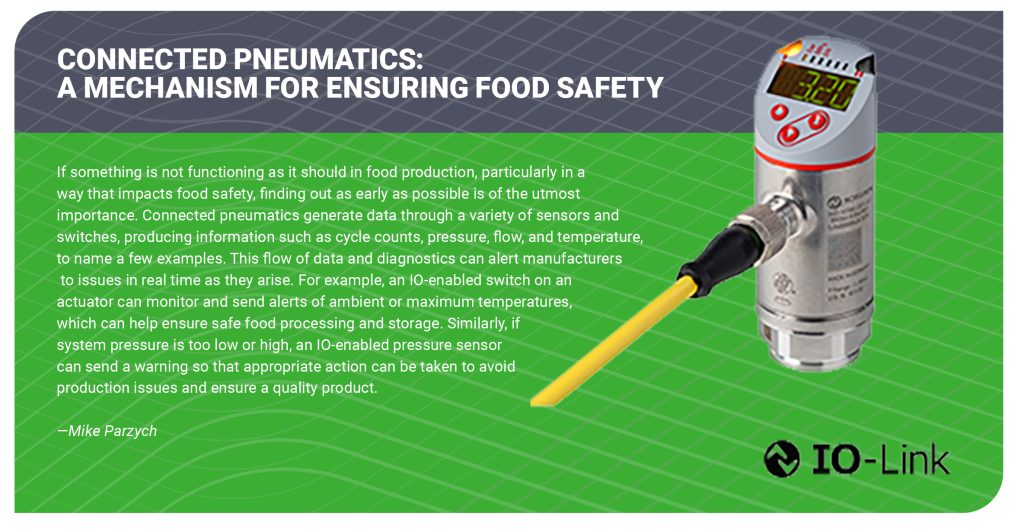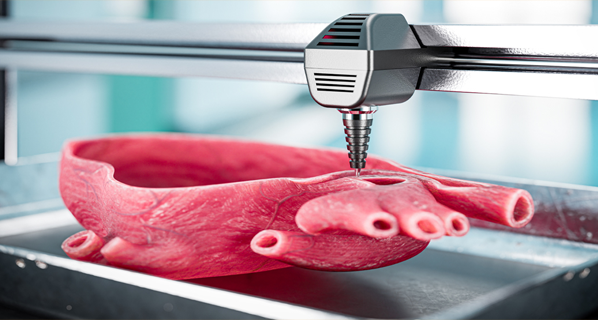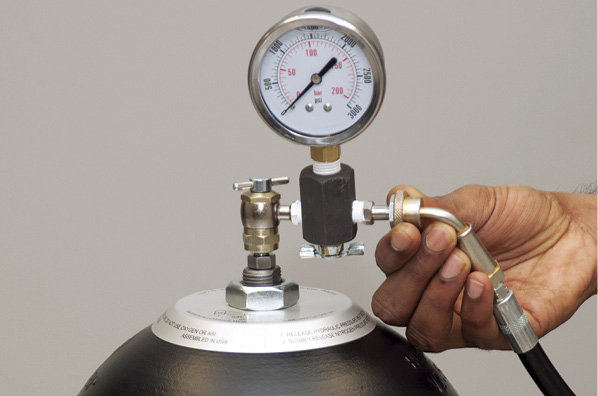On the Safe Side: How Pneumatics Protects Our Food
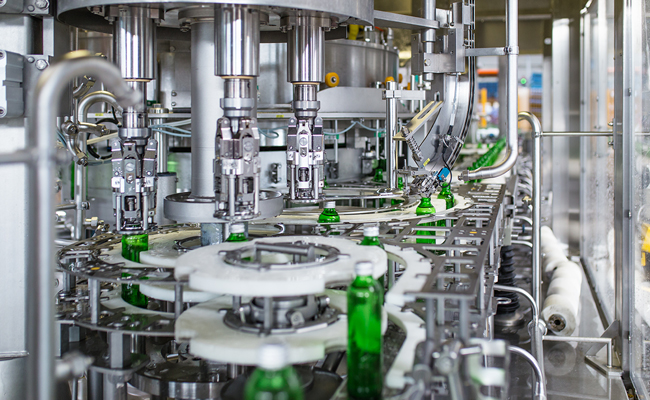
By Mike Parzych, Product Marketing Manager, Norgren.
In February, the Abbott baby formula plant in Sturgis, Michigan, closed due to concerns that its formula may have been contaminated with a bacteria implicated in the death of at least one infant. This shutdown of one of the nation’s largest baby-formula facilities occurred at a time when supply chains were stretched thin, exacerbating a serious formula shortage that had been plaguing families across the country. After several months of continuous supply depletion, Abbott was finally granted permission by the U.S. Food and Drug Administration to reopen the plant in May. Unfortunately, supply chains inevitably need time to recover. At the time this article was written, formula shortages were expected to continue impacting Americans for months to come.
The perils of unsafe food are neither new nor unfamiliar. Since Congress passed the 1906 Food and Drugs Act, hundreds of amendments and improvements have been deemed legally necessary so that consumers can trust that the foods they are eating will not harm them. To comply with these laws, production and food-handling technologies must continuously adapt.
Pneumatic technologies play a part in the supply chain that brings food from farms to tables. This article explores fluid power technologies in food and beverage processing and describes design features and considerations that facilitate necessary levels of food safety.
Food processing safety
FDA guidelines are clear about the requirements for any equipment that handles food for human consumption. Among other regulations, all equipment must be made of nontoxic material that will not corrode on contact with food. Additionally, seams must be smoothly bonded to avoid the growth of microorganisms; compressed air that contacts food must be treated to prevent contamination; and equipment must be adequately cleaned. This means that pneumatic applications for food processing require specific elements before they are safe for food processing.
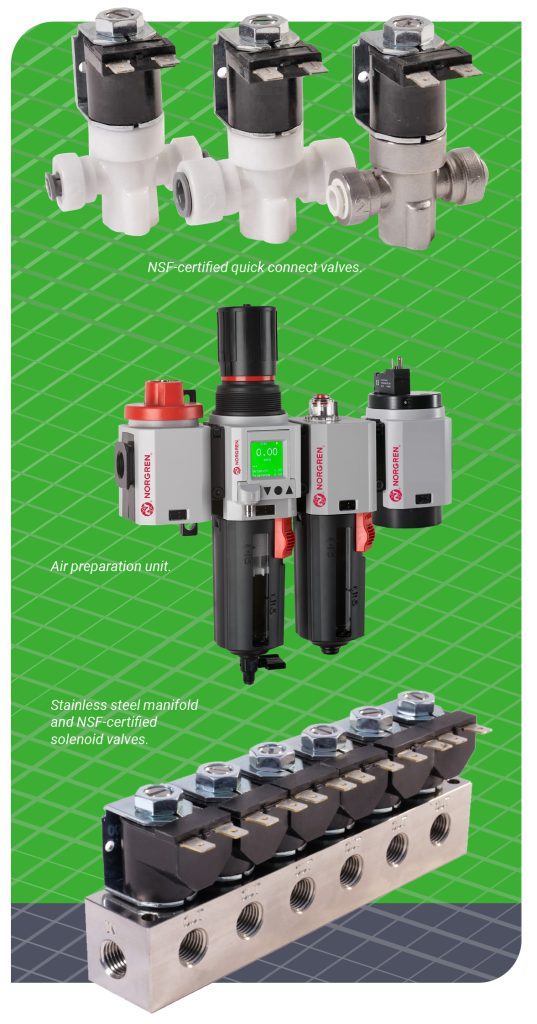
Considerations for washdown. When designed appropriately, pneumatic components are well-suited to frequent washdowns, particularly given the minimal involvement of electronic components, which would need to be protected from water. However, there are certain considerations to ensure a food-safe washdown is possible. For one, the materials chosen for use with foods and beverages must be thoughtfully selected.
At the same time, much depends on the type of food being processed. Several food types – consisting of different chemical properties – leave behind unwanted food material on equipment surfaces that may come into contact with other foods. Sugars, for example, are water-soluble and easy to remove. However, proteins are alkali-soluble and very difficult to remove. This means that the components that undergo washdown processes must be able to withstand the appropriate, sometimes harsh, cleaning compounds without corrosion. These standards are not limited to the components that come into direct contact with food. Components in splash zones and nonfood zones must also be corrosion-resistant, washable, and sanitary.
Considering these requirements, appropriate material choice is paramount when designing a pneumatic system. Metals such as aluminum, brass, and copper can be susceptible to corrosion, and care must be taken when cleaning them. Due to its resistance to corrosion, stainless steel is a favored selection for components such as valves and actuators in a number of applications – most especially in more frequent washdowns.
In fact, stainless steel is specified in many industry and regulatory standards as the preferred surface for food equipment. For example, 3-A Sanitary Standards identify 300-series stainless steel as the preferred surface for use in the milk industry. Other grades of stainless steel are appropriate for alternative purposes such as handling high-fat products or meats. Titanium is a corrosion-resistant option, particularly appropriate for products containing high levels of acid, salt, or other corrosive materials. Depending on the chemistry of the cleaning solution, plastics such as acetyl resin are another viable alternative.
Pneumatic components are also favored to carry out the washdown in applications in which only low-to-moderate force is required. In these situations, when selecting pneumatic components such as actuators and valves, consideration should first be given to the construction materials. Stainless steel components should be employed whenever possible, such as in pneumatic cylinders designed with stainless steel bodies, end caps, and piston rods.
Other design features that make pneumatic cylinders optimal for use in low-to-moderate force washdown applications include rod wipers, which limit the potential for external contamination during pressure spraying; rod scrapers, which are more rigid and are suitable in applications where material can harden on the rod; and corrosion-resistant bearing and bushing materials, such as polytetrafluoroethylene.
Preventing contamination. Additionally, the physical design of pneumatic components is critical to preventing contamination in food applications. Cracks, crevices, and other hard-to-clean areas are prime locations for the growth of harmful bacteria such as E. coli and salmonella, which can cause food poisoning. Therefore, care must be taken to select products that minimize the number of such potential bacterial repositories in pneumatic equipment. Any surfaces that come into contact with food should be smooth. Moreover, welded seams should be continuous and free of pits or cracks, and any corners should be at an angle or position where they can be easily cleaned.
In cases where food products are moved through a series of pumps, motors, valves, sensors, and fittings, products can potentially come in contact with lubricants such as O-ring grease or other contaminants. Newer automated system designs employ prepacked, sanitized tubing or membrane bags to create a sterile barrier between the products and the components that handle them. Rather than dispensing a food or beverage directly through a traditional wetted valve component, for example, a pinch valve interacts with the tubing and never touches the fluid material being dispensed.
It is also important to consider that physical surfaces are not the only concern for pneumatics in food processing. Any compressed air that may come into contact with food must be clean as well. Pathogens, moisture, and debris may be in the air that is compressed to power a pneumatic circuit. Therefore, designers of pneumatic systems must be cognizant of where compressed air makes contact with food, and they must equip the machine with high-quality filters to ensure air purity and reduce the risk of foodborne illness. Lubrication is another concern, as oil lubricants may drip and contaminate food. Pneumatic components can use food-grade grease instead, as it is nonmigratory and unlikely to drip. Because it is food-grade, minimal contact with food products is considered safe.
Safety in foodservice
Pneumatics also plays a growing role in foodservice, that is, food preparation and beverage dispensing. Advances in fluid power components and automation are enabling progressively safer options to mitigate conditions that threaten to compromise food safety.
Beverage dispensing. It does not matter whether it is dispensing hot, cold, or frozen beverages, a foodservice or drinking establishment requires fluid control and pressure management to continue satisfying its customers. For example, pressure regulators are used in commercial establishments for precise CO2 and nitrogen control for soft drink, coffee, and beer dispensing systems.
However, beverage dispensing comes with its own food safety considerations. For example, fluidics and pressure management solutions are indispensable to coffee and tea brewers. Valves provide consistent control when drawing cold and hot water, steam, or syrups and in semiautomatic and fully automatic espresso machines. Yet the introduction of contaminants to beverages through a coffee machine presents a safety concern. To address this, solenoid valves have been perfected for commercial coffee machines to prevent corrosion and limescale buildup and to provide quick heating with minimal heat loss.
Another safety concern encountered with liquid dispensing is dripping, which has the potential to contaminate other foods or beverages and can foster the growth of bacteria wherever the drip lands. A suck-back valve, located between the shut-off valve and the end of the dispensing nozzle, can apply a vacuum when the shut-off valve is closed, eliminating any dripping.
All of this reflects a larger industry-wide push to maintain standards for ensuring the safety of food and beverage products. For instance, components need to be structured of NSF-approved materials. And all food equipment materials and drinking water system components must be NSF/ANSI 51 and NSF/ANSI 61 certified. Hundreds of manufacturers are certified to NSF/ANSI 51 while thousands have received NSF/ANSI 61 certification.
Automation in food preparation. Partially in response to the elevated awareness of food safety brought on by the COVID-19 pandemic, foodservice establishments have increasingly turned to automation as varied as self-service, no-contact ordering kiosks and robotic tortilla-chip makers. Automated equipment reduces the chances of disease being passed through interpersonal contact or poor personal hygiene. After all, robots cannot contaminate food by coughing or sneezing on it.
What’s more, many of these automated solutions can use pneumatics. One example is the use of pneumatically powered grippers or vacuum cups at the end of robotic arms to handle food. Here, care must be taken to match the cup design to the type of food being handled. Vacuum cups can be made of FDA-approved silicone to be safe for food handling, and they are easy to clean through washdown or reversing the flow of air. When the cup becomes too old to avoid contamination, it can be swapped out for a new one without difficulty.
As in other applications described previously, food preparation requires construction materials that are food-safe and can withstand environmental factors without damage or corrosion. In particular, hot kitchen grease and the corresponding washdown solutions are a concern, again, making stainless steel a material of choice for actuators and other components.
Within foodservice, automation enhances but does not replace labor. By offering a method that prevents contamination and reduces foodborne illness through less human contact with food, automation provides a safer option for food preparation.
Fluid power and other automation technologies are being integrated into every aspect of the food and beverage industry, from processing to food preparation and beverage dispensing. New capabilities and applications – enabled by advances in construction material, specialized functionality, and incorporation with higher technology – are being developed to improve the processes and meet the demands for food and beverage products. And as these new solutions develop, so does their ability to ensure safety within the food and beverage industry .
